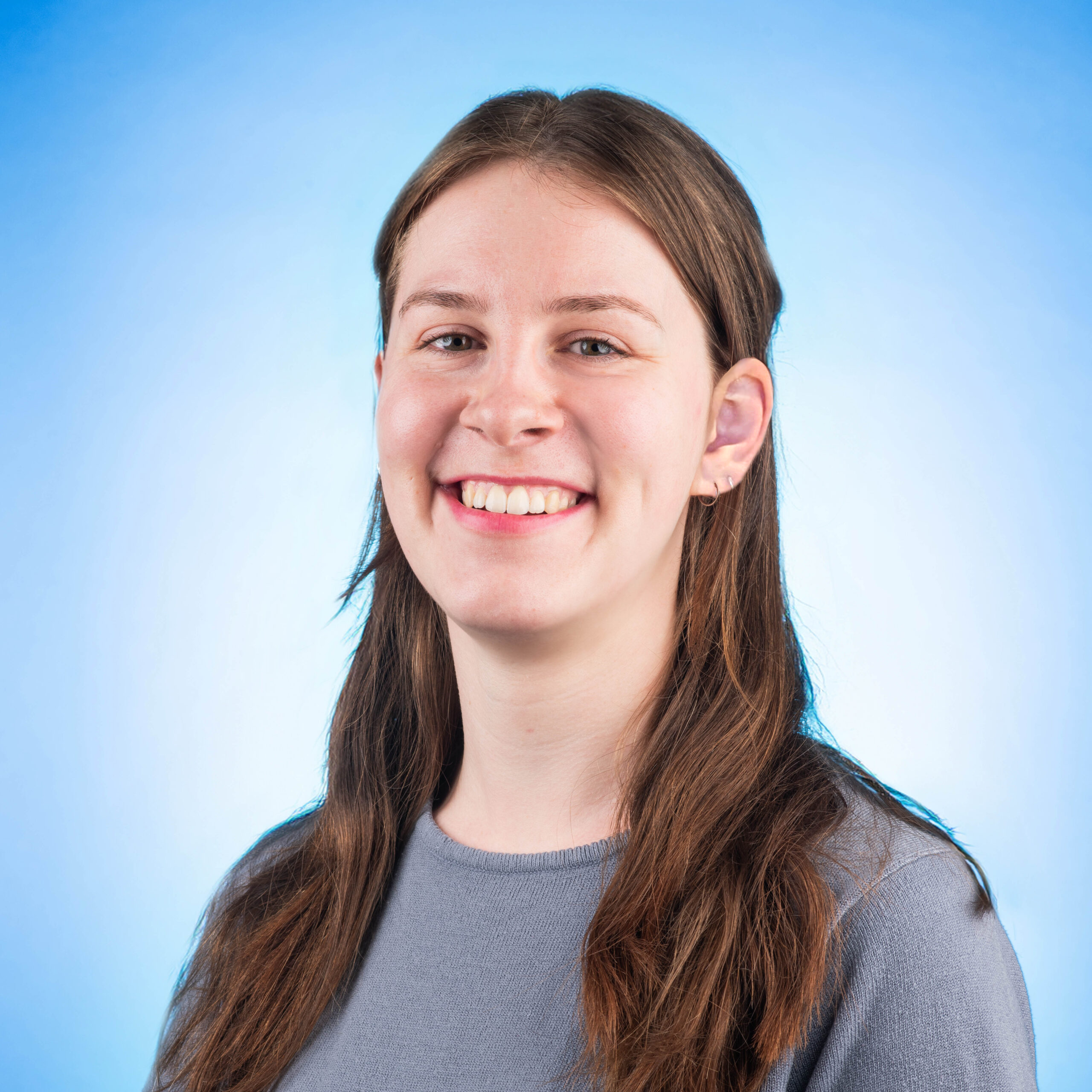Harness the full potential of your data through powerful visual storytelling with R and GGPlot2. This course from Geo-ICT teaches you to turn complex data into clear, engaging visuals that reveal insights and drive informed decisions.
R Programming
Harness the full potential of your data through powerful visual storytelling with R and GGPlot2. This course from Geo-ICT teaches you to turn complex data into clear, engaging visuals that reveal insights and drive informed decisions.
In today’s digital world, data is everywhere—but raw data alone isn’t useful. To make sense of it and share your insights with others, you need to visualize it. That’s where data visualization comes in. It helps you find patterns, highlight trends, and turn complex datasets into clear, impactful visuals that people can actually understand.
Whether you’re tracking business performance, monitoring health trends, or exploring geographic data, good visualizations make your work easier to understand—and much more persuasive. The ability to “see” what’s happening in your data can make all the difference when you’re trying to tell a story, solve a problem, or make an informed decision.
R, one of the most popular programming languages for data analysis, is built for this kind of work. And within R, the ggplot2 package is a powerful tool for creating professional, high-quality charts and graphs. Based on the “Grammar of Graphics,” ggplot2 lets you build visuals layer by layer, giving you full control over every detail. It’s flexible, smart, and widely used by data professionals around the world.
At Geo-ICT, we’ve designed this course to help you unlock that power. You’ll learn how to build beautiful, insightful visualizations that not only look good but also communicate your message clearly. Whether you’re new to data or looking to sharpen your skills, this course will give you the tools to stand out.
This course gives you a hands-on introduction to data visualization using R and ggplot2. You’ll start with the basics—learning how to install and set up R, understand tidy data structures, and use tibbles (a cleaner, more user-friendly version of data frames in R). From there, you’ll build simple plots like bar graphs and scatter plots, then move on to more advanced visuals like boxplots and faceted graphs.
Along the way, you’ll get comfortable with ggplot’s layer-based structure. You’ll learn how to use geometries (like points, lines, and bars) and map aesthetics (such as color, shape, and size) to create visuals that are both accurate and visually appealing. You’ll also discover how to adjust plot elements like titles, labels, axes, and legends to make your message even clearer.
But making great visuals isn’t just about plotting—it’s also about having clean, well-structured data. That’s why we also teach you how to use the dplyr and reshape2 packages to filter, sort, group, and reshape your data. These tools help you prepare your data before you ever touch a graph, so your visuals are based on solid, well-organized information.
Finally, you’ll apply everything you’ve learned to real-world scenarios. Whether it’s business data, health statistics, or geo-information, you’ll get the skills you need to turn raw numbers into visuals that make an impact.
At Geo-ICT, we’ve developed this course to not only teach you tools but to empower you with skills that are directly applicable in your domain. Whether you’re a beginner or looking to deepen your expertise, our course structure supports a wide range of learning goals.
On day one, you’ll get a full overview of ggplot2 and learn how to work with large datasets using tidy data principles. You’ll start building basic charts like bar graphs and scatter plots using real-life datasets. By the end of the day, you’ll have a solid understanding of how to structure and visualize data with R and ggplot2.
On day two, we go deeper. You’ll learn how to customize your graphs, from adjusting legends and axes to visualizing grouped and categorical data. You’ll also get the chance to work with your own datasets, applying what you’ve learned to projects that matter to you. Throughout the day, we’ll reinforce key concepts with practical exercises that build your confidence and skill.

Do you have questions about the course content? Not sure if the course aligns with your learning objectives? Or would you prefer a private session or in-company training? We’re happy to assist—feel free to get in touch.
In our R Ggplot course you will learn advanced data analysis and visualization with the R programming language and the GGplot2 package, ideal for both beginners and experienced professionals in data analysis.
Yes, our course is designed to support both beginners and advanced programming enthusiasts, with a focus on practical applications and clear explanations.
The course lasts two days and provides intensive training in R and GGplot. For information about the costs, please contact info@geo-ict.com.
Yes, after successful completion of the course you will receive a certificate of participation, recognized by the Dutch Council for Training and Education (NRTO).
For information about online participation and available dates, please contact info@geo-ict.com.
This course is ideal for anyone interested in data analysis and visualization, from beginners to experienced data analysts looking to expand their skills with R and GGPlot.
The course covers a wide range of topics including R basics, creating different types of graphs such as line and bar charts, advanced graphing techniques, and manipulating datasets with dplyr and reshape2.
You can enroll directly via the registration widget or by contacting info@geo-ict.com. We offer both in person and online course options.
Yes, the course includes practical exercises and examples with large data sets to directly apply the skills learned.
Knowledge of R and GGPlot is highly valuable in many industries for data analysis and visualization, which can significantly improve your career prospects.